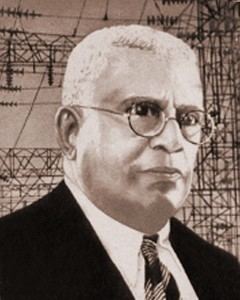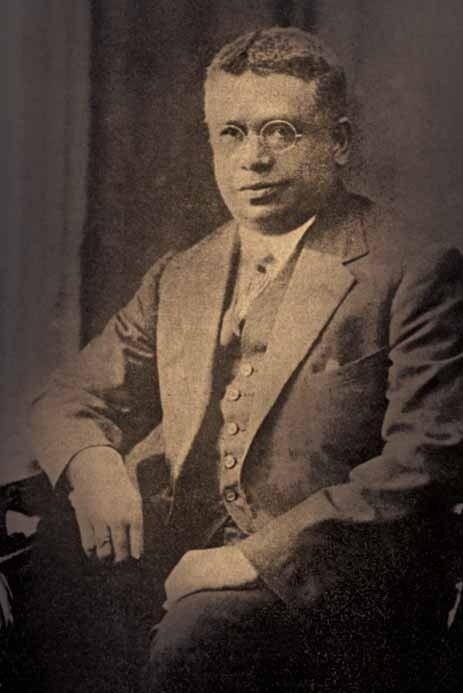Name D. Wimalasurendra | ||
 | ||
Died August 10, 1953, Ceylon, Minnesota, United States | ||
Devapura Jayasena Wimalasurendra (17 September 1874-1953) was a Sri Lankan engineer and statesman. He played a prominent role in the establishment of hydropower in Sri Lanka and is known as the "Father of Hydropower" and was a member of the State Council of Ceylon.
Contents

Early life and education
Born in 1874 in Galle, as the eldest son of master craftsman Mudaliyar Don Juan Wimalasurendra. He received his education at Ananda College, Colombo and join the Ceylon Technical College in 1893, while working as an apprentice at the Government Factory. He first to graduate in Civil Engineering from the Ceylon Technical College and gain Associate Membership of the Institution of Civil Engineers (AMICE). In 1912, Wimalasurendra attended Faraday House in Stevenage, England specializing in electrical engineering and gain the Faraday House Diploma in seven months also gaining Associate Membership of the Institution of Electrical Engineers in Britain.
Engineering career
In 1896 he joined the Public Works Department as a field overseer was promoted to an Inspector within four years. Having become a Junior Assistant Engineer by 1900, he worked on building the concentration camp in Diyatalawa for Bore prisoners captured in the Second Boer War and in 1901 he conducted a survey on mineral deposits in the Kelani Valley.
Having had his initial proposals on hydro power ignored by the Engineering Association of Ceylon he constructed the first Ceylon's small hydro power station in at Blackpool, between Nanu Oya and Nuwara Eliya, to supply electricity to the Nuwara Eliya town. In 1918 he submitted a paper to the Engineering Association of Ceylon titled "Economics of Hydro Power Utilization in Ceylon", in it he proposed the possibility of hydro power from Maskelioya and Kehelgamuoya capable of lighting 100,000 lamps (114.5 MW) and the concept of developing a national grid.
Only in 1923 did the colonial government undertake the development of hydro power in Ceylon, Wimalasurendra was left out of the project and left the country on leave to England. He returned only on the request of the Colonial Secretary.
In 1926 he was appointed Chief Engineer of the Public Works Department (PWD). Soon after he began the separation of the electrical section of the PWD. To this end under his direction the government took over the Colombo Electric Scheme (established in 1918) to supply power to the Colombo city and the tramways run by Bousteads Brothers Ltd. He became the Deputy Director of the newly formed Department of Government Electrical Undertakings (DGEU) in 1927 and established the first thermal power station 1929, Stanley Power House. Having his projects undermined retired early from public service in 1929.
Political career
In 1931 he was elected to the State Council of Ceylon from Ratnapura, he held the seat for four and a half years and served in the Executive Committee of Works and Communication. He lobbied for the resumption of work on hydro power that was left uncompleted. As a result the Laxapana Hydro Power Scheme, of which work had started in 1924 and stopped was resumed in 1938 and completed after the war in 1950.
In 1933 he proposed the formation of a Central Electricity Authority. In 1935, the State Council passed the "Electricity Board Establishment Ordinance No. 38 of 1935, however the Board was dissolved in 1937 and the DGEU re-established.
He died on August 10, 1953.
Legacy
Wimalasurendra is known as the "Father of Hydropower" in Sri Lanka. The Wimalasurendra Hydroelectric Power Plant in Nortan Bridge, Nuwara Eliya and the Wimalasurendra Power House at Laxapana were named in his memory. In 1975, the Sri Lanka Post issued a stamp with his image.
